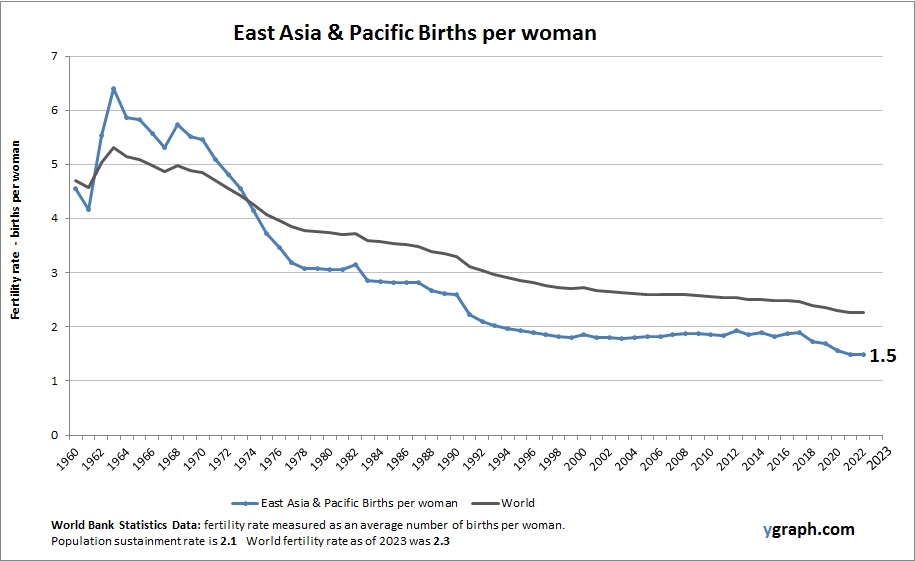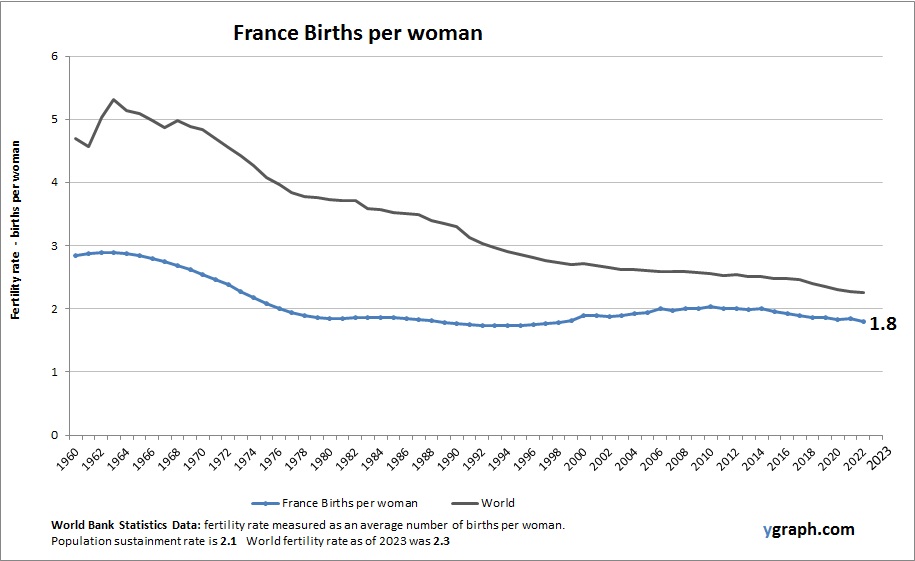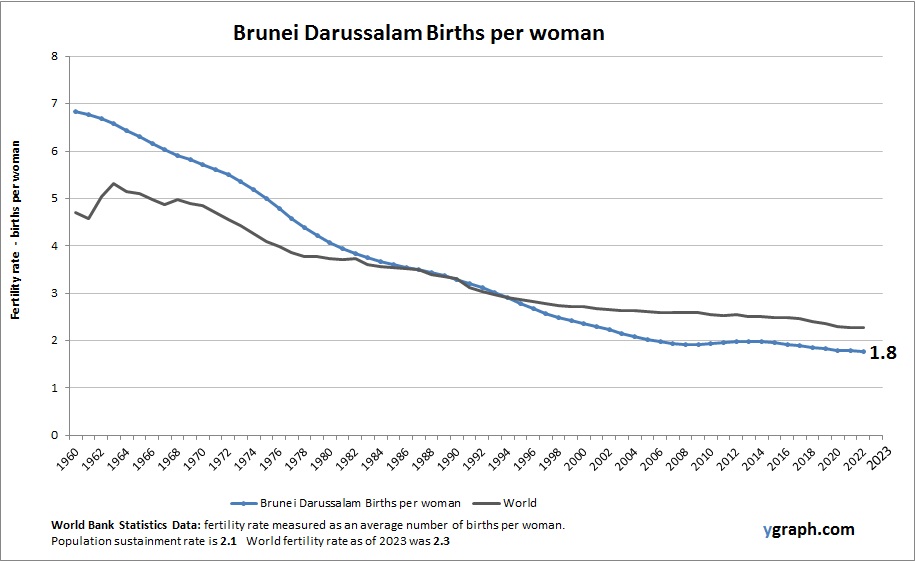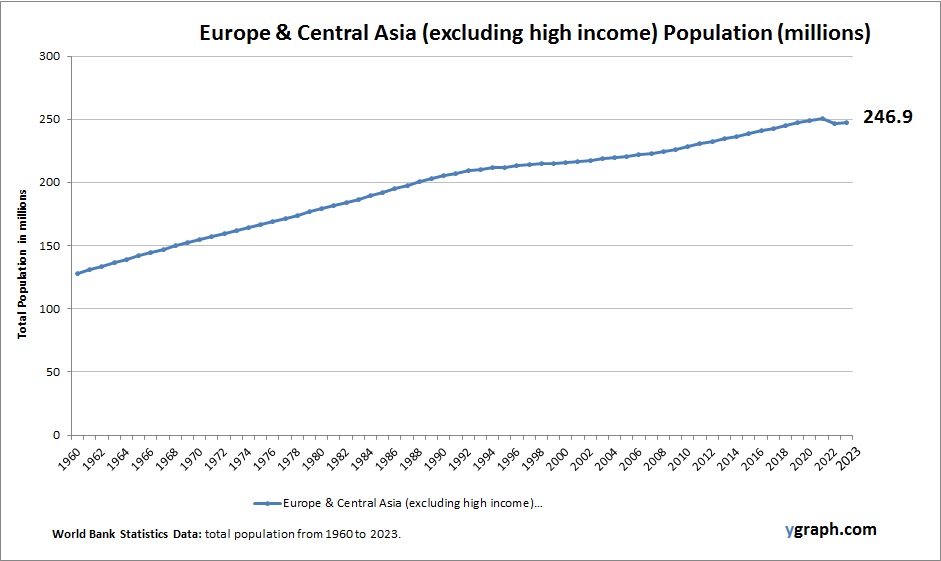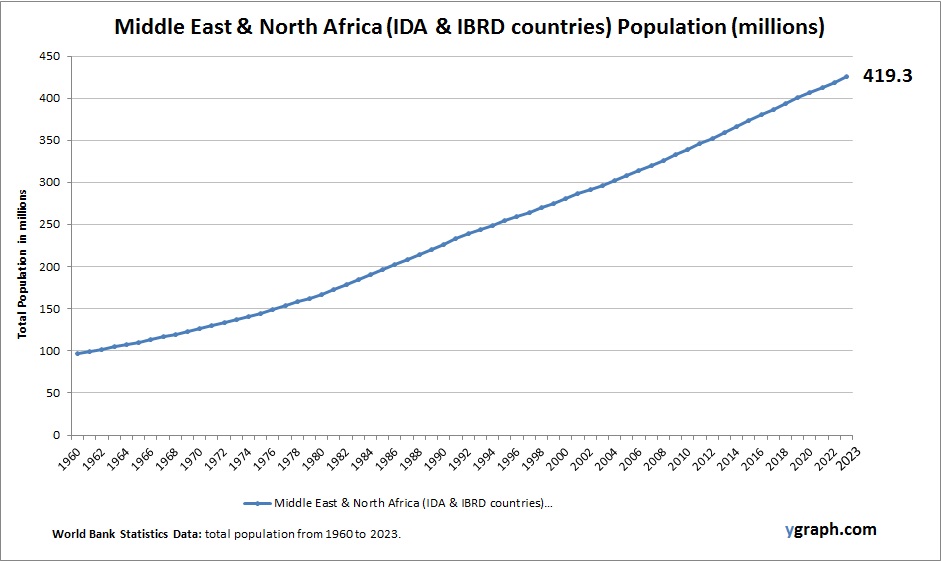The above graph shows Gibraltar Population. This is according to World Bank total population stats. Latest population information for Gibraltar.
Gibraltar has a small but stable population, largely influenced by its strategic location and economic ties to the UK. Fertility rates are modest, and migration, both short- and long-term, plays a significant role in shaping population dynamics.



